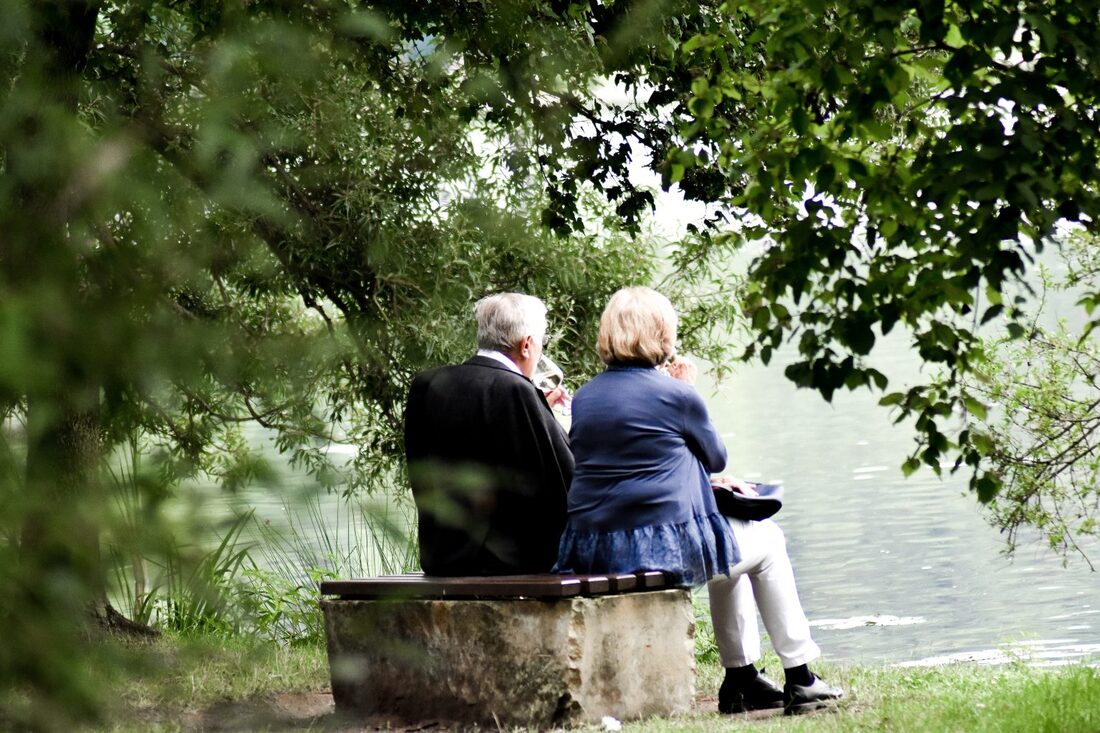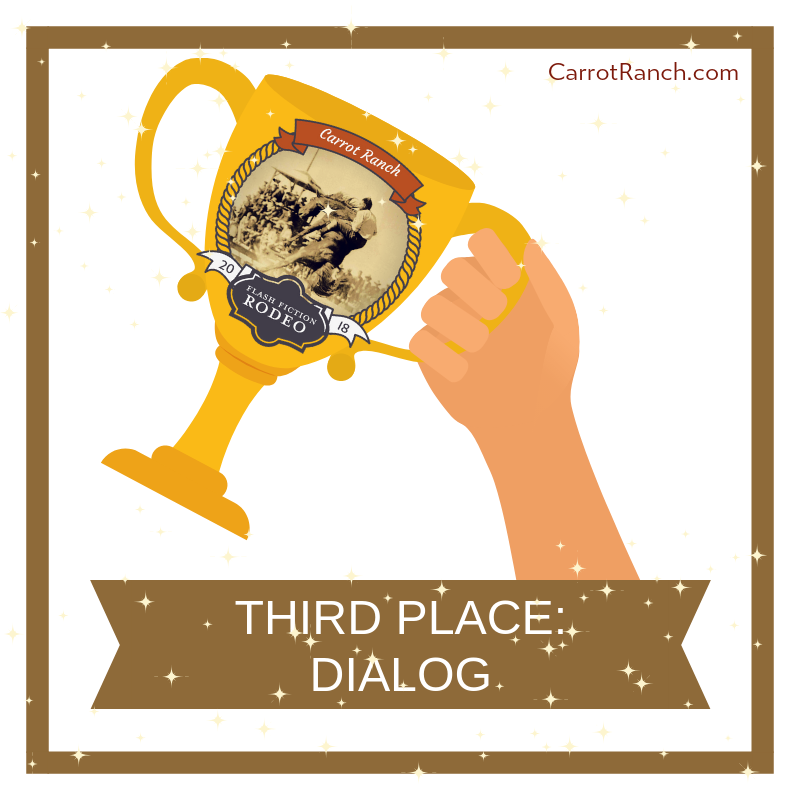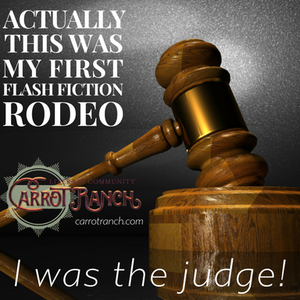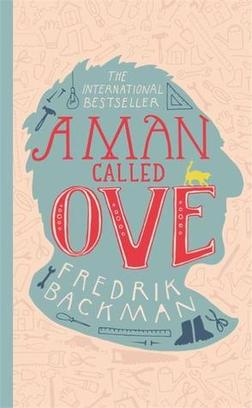
I’m always intrigued when a novel worms its way so deeply under my skin I start behaving like the main character. So what if this was a million-copy bestseller, I wasn’t going to trust a writer who reckons the first thing I need to know is the age of his main character (fifty-nine), closely followed by the kind of car he drives (a Saab). To hell with the respectful approach I’d outlined in my post on my reading for reviews, this one was going to be a meditation on the minutiae of getting it wrong. Never mind that, in going to test drive a new car (not a Saab) recently, my husband and I found ourselves embroiled in a disagreement similar to the one Ove engenders in the computer shop. My grumpiness was nothing to do with me, or even the fact that I was reading the novel while still enraged about the result of the recent election.

Like another widower, Tom Berry in The Mountain Can Wait, Ove can show his caring side only in the practicalities, fixing a faulty radiator rather than dredging up the verbal niceties. Like Roger in The Insect Farm, his lack of interpersonal skills can be a handicap but, like Gabriel in The Spice Box Letters, Ove does have some capacity to change and, like Tom Keely in Eyrie, it’s those troublesome neighbours who save him from himself. A Man Called Ove is a novel about neighbourhood, bereavement and (like Vigilante, The Faithful Couple and A God in Ruins) it’s about morality and how we respond to its breaches in both ourselves and the world we live in. It’s also about the difficulty in keeping pace with cultural and technological developments, and our fundamental need to contribute.
Yet, although Ove grew on me in the course of my reading so that I was moved by the ending, my initial disgruntlement never completely disappeared. As with another quirky novel about grief, Lost and Found, the humour didn’t work for me (unlike blogger Terry Tyler’s rant about imbecilic retail staff which I found hilarious). Some of the psychology didn’t work either. I questioned Ove’s morality when he harangued a waiter into reducing a restaurant bill. I was unconvinced that social services would take a man suffering from dementia into residential care against the wishes of his wife (although I’ve no idea how these things work in Sweden). But mostly I was sceptical about his love life.
Cheerful and chatty, Sonja is the opposite of her husband (p40):
People said Ove saw the world in black and white. But she was colour. All the colour he had.
Yet, throughout their forty-year marriage, her love doesn’t seem to make him a much better person (although a reasonable rationale is put forward for his anger during this time). So why did she put up with him? As a teacher who got barely-literate kids reading Shakespeare, she’s something of a rescuer, but marriage isn’t a job. She’s probably drawn to Ove because he’s so like her own father, who’s brought her up single-handedly since her mother died in childbirth.
But let’s take a closer look at that. The neighbours’ young children adopt Ove as a grandfather but we can see how, as a single parent, he wouldn’t have a clue. Likewise Sonja, raised by a taciturn Ove-like character, would have been deprived of the responsiveness needed to develop a secure attachment system and the resilience to see her through life’s ups and downs.
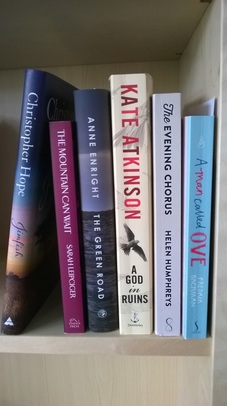
Translated from Swedish by Henning Koch, this is the sixth and final review of novels published on 7 May. Thanks to Sceptre for my review copy. I think I might have interrogated Ove so forensically because he’s a bit like Henry (who was George initially) in my current WIP, but only you can decide if I’ve gone too far in embracing my inner curmudgeon in composing this review.


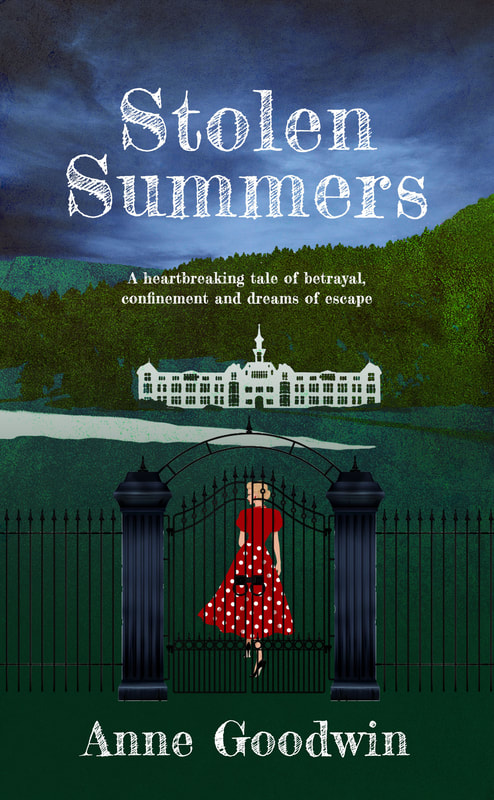





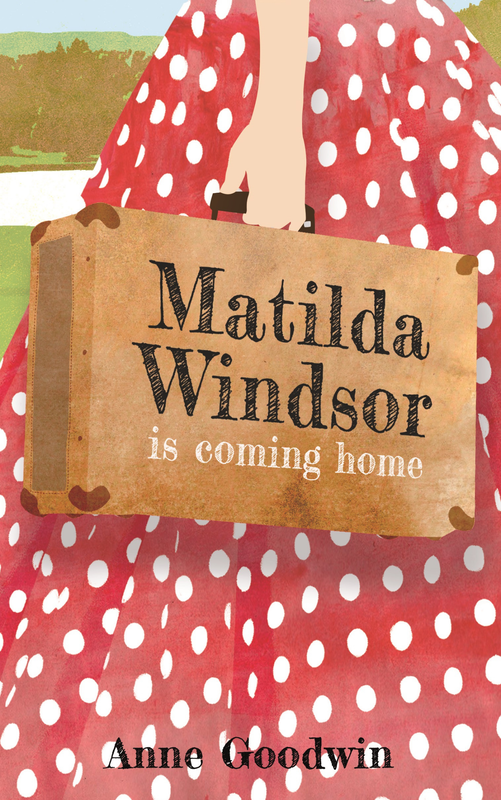
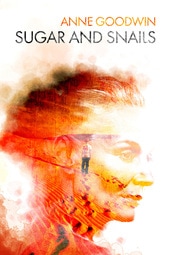









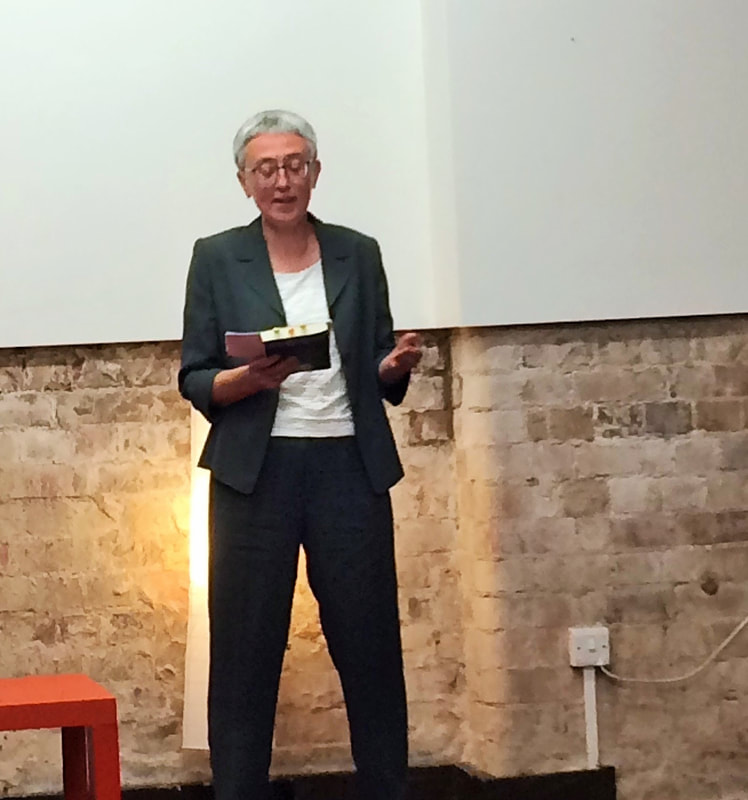

 RSS Feed
RSS Feed

